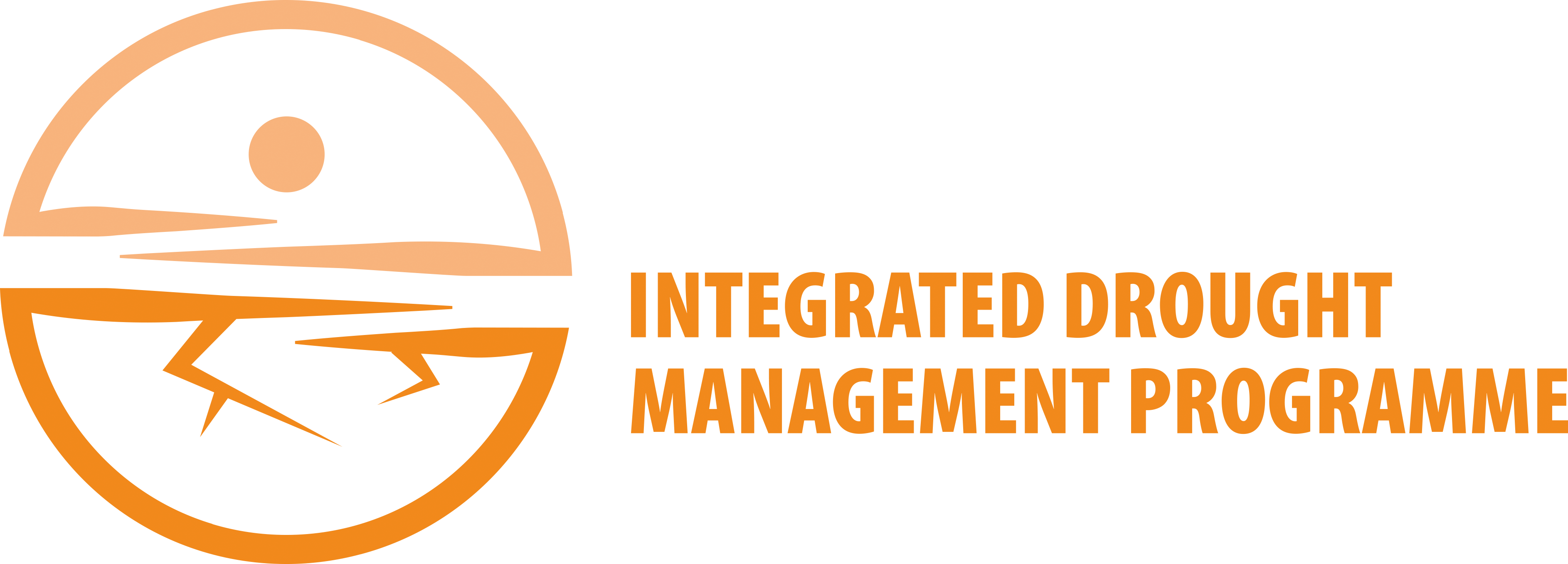Water Requirement Satisfaction Index (WRSI) and Geo WRSI
Index name: Water Requirement Satisfaction Index (WRSI) and Geo-spatial WRSI.
Ease of use: Green.
Origins: Developed by the Food and Agriculture Organization of the United Nations to monitor and investigate crop production in famine-prone parts of the world. Additional work was done by the Famine Early Warning Systems Network.
Characteristics: Used to monitor crop performance during the growing season and based upon how much water is available for the crop. It is a ratio of actual to potential evapotranspiration. These ratios are crop specific, and are based upon crop development and known relationships between yields and drought stress.
Input parameters: Crop development models, crop coefficients and satellite data.
Applications: Used to monitor crop development progress and stress related to agriculture.
Strengths: High resolution and good spatial coverage over all terrains.
Weaknesses: Stress related to factors other than available water can affect the results. Satellite-based rainfall estimates have a degree of error that will affect the results of the crop models used and the balance of evapotranspiration.
Resources: Climate Hazard Group webpage on GeoWRSI and University of Columbia webpage on WRSI.
Reference: Verdin, J. and R. Klaver, 2002: Grid‐cell‐based Crop Water Accounting for the Famine Early Warning System. Hydrological Processes, 16(8): 1617–1630. DOI: 10.1002/hyp.1025. (For more information on this paper, please contact the IDMP HelpDesk).


